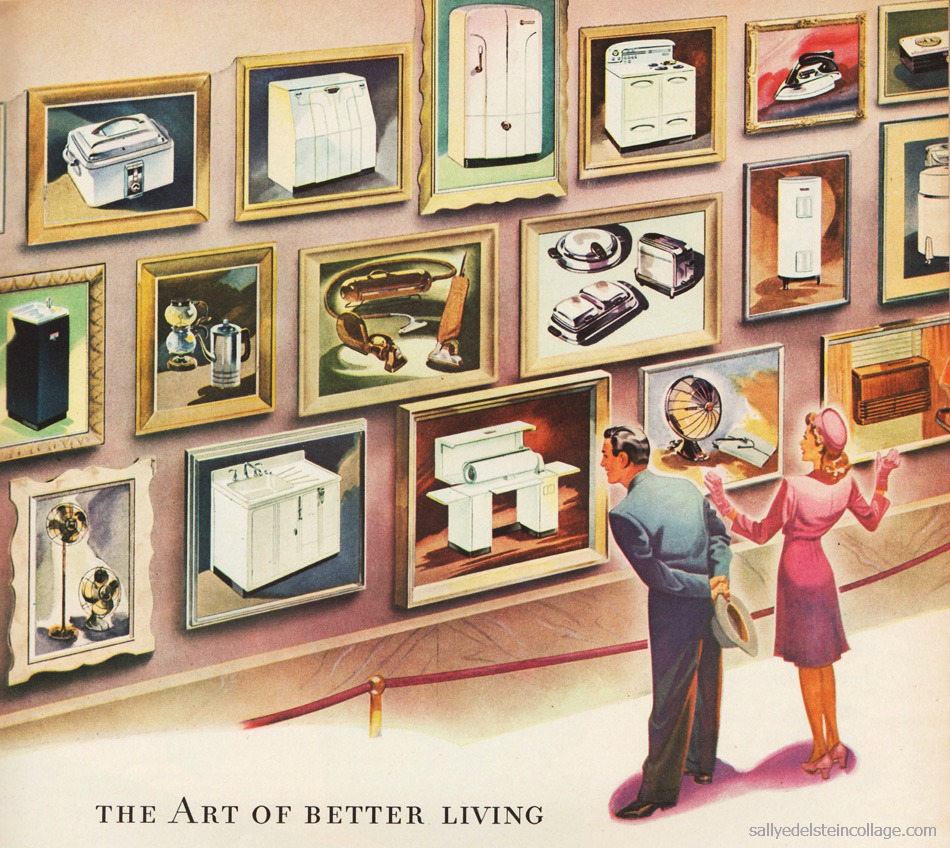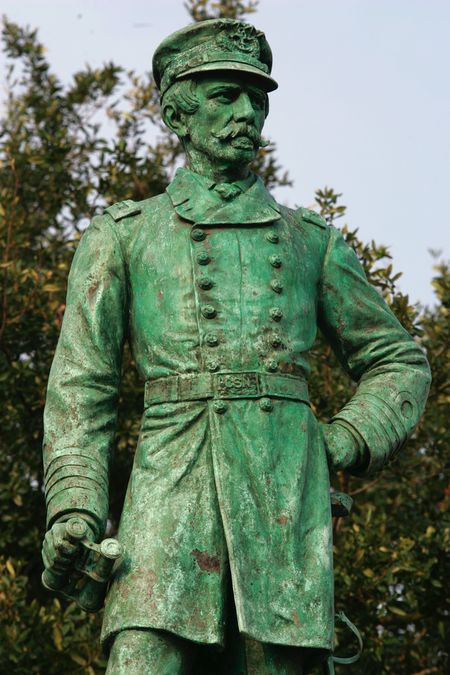
Auburn, like most of the South, is a place rich in history; and like most of the South you have to look at the layer underneath the surface to find it. Sure, Auburn has a sense of heritage with old buildings like Samford Hall and statues of venerated athletes. However, past the old photos of Toomers and tales of eagles flying over football fields, the full past of Auburn goes mostly unacknowledged. Especially the history of non-white people who were not star athletes. Auburn has an historic marker about “Desegregation at Auburn” that talks about the efforts of Harold A. Franklin to desegregate Auburn. However, I don’t blame most people for not knowing its existence since located off to the side of RBD and Mary Martin Hall on a rarely traveled stretch of sidewalk. Maybe I’m being a bit glib, but the point is that Auburn’s memorial landscape (or lack thereof) is insufficient in acknowledging Auburn’s full history. There is no memorial or any sort of dedication to the men and women enslaved by the university’s founders. The only reference to near an Auburn building to slavery is the seldom read marker next to the University Chapel/Players Theatre stating it was built with bricks made by enslaved people. There is also no mention or memorial of the Creeks who lived in the area prior to their forced removal in the 1830s.
I have been at Auburn for going on five years now, and have seen very few efforts by the administrations to preserve Auburn’s history. The only new additions to this memorial landscape in my time have been a statue of Charles Barkley and one dedicating 125 years of women attending Auburn. I like these statues and their commemorated subjects; however, I still feel as though there is a lacking to acknowledge the full history of the university. Buildings still have the name of enslavers, KKK members, and segregationists on them. Which are seen as symbols of racism that make non-white students feel unwelcomed. Auburn acknowledges the higher rate of Black students leaving Auburn without a diploma, and their current program is selling “unity” t-shirts. Which is all well and good, but strikes me as performative at best. Auburn is still failing to acknowledge fully the dark parts of its past and then to try and make real reconciliation based on these truths. Instead, the University is interested in building new homogenous buildings for things like parking or the culinary arts. The university is focused on the past as a marketing tool or old buildings as targets of demolition to clean up the past and build something more marketable. It has fallen on professors and students to raise their voices and remember the past. Student groups like the Harold A. Franklin Society and efforts by faculty like Dr. Kenneth Noe and Dr. Kate Craig have worked to make us more aware of our past than any administration in my time.



